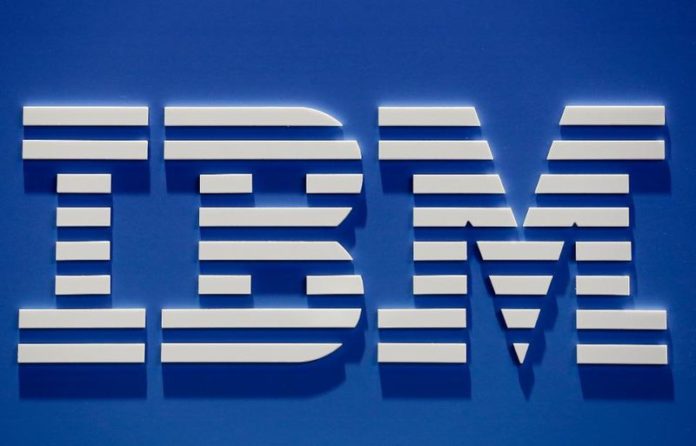Originally, on April 11th, the option investment we published for our Framework Investing members about IBM, along with the series of case study articles expires today.
When we sold a put option in an effort to invest in IBM’s downside potential, the company was then trading at the $155 per share mark. We chose to sell an At-the-Money option with a 3-month tenor, as explained in that article about the option investments 2 rules of thumb.
We were given $7.80 of the option premium as an exchange for our acceptance of IBM’s downside price risk. Our subsidized purchase price for the IBM shares ended up working out to be $147.20 per share, which I refer to as our EBP (Effective Buy Price).
An unrealized gain had been generated as the company’s stock rose. The price was slashed immediately after the company’s results had been published n April 18th.
An investor with put options on the company exercised them in late June. This essentially meant that we bought the shares at $147.20, our EBP. Selling the call option at $155 per share, I was able to get a little bit more premium—eleven cents per share’s worth. This essentially lowered my EBP to $147.09 per share. This type of transaction is often called a “covered call.”
Yesterday, IBM’s share price rose higher than $150 per share and is now moving modestly at right near $148. If it closes at that exact price, I would end up having a few different choices:
- Sell my shares Immediately on Monday morning and realize the loss or profit using $147.09 per share as my buy price.
- Extend the original transaction by a few months to further and therefore reducing the EBP further by selling another “covered call” on my shares.
- Doing nothing at all in the options market and hold the shares.




